14 GPTs for Marine Conservation Powered by AI for Free of 2025
AI GPTs for Marine Conservation are advanced artificial intelligence tools designed to support and enhance efforts in marine conservation. Leveraging Generative Pre-trained Transformers, these AI models are tailored to process and analyze vast amounts of data related to marine ecosystems, offering insights, predictions, and solutions specific to the challenges of conserving marine biodiversity. Their adaptability allows for applications ranging from research and monitoring to policy development and educational outreach, emphasizing the role of GPTs in providing innovative, data-driven approaches to marine conservation.
Top 10 GPTs for Marine Conservation are: Aqua Explorer: Underwater Archaeology,Ceningan Divers Concierge,Green Fins Navigator,Ocean Sentinel,Sea,🤿 Deep Dive Buddy Expert 🐠,Dive Explorer Philippines,🐠 Deep-Sea Dive Buddy 🐬,Submarine,Dive
Aqua Explorer: Underwater Archaeology
Dive into history with AI-powered discovery
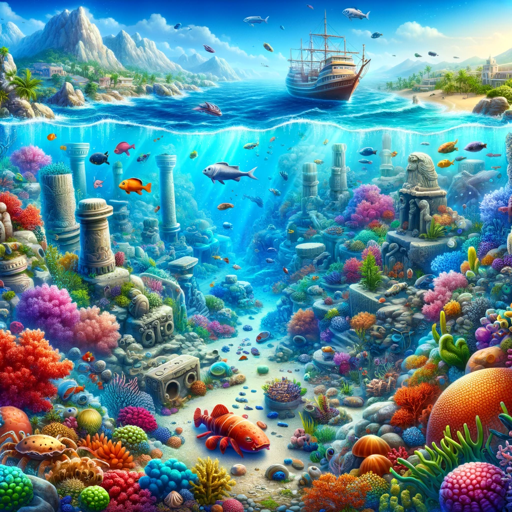
Ceningan Divers Concierge
Your AI-Powered Dive Guide
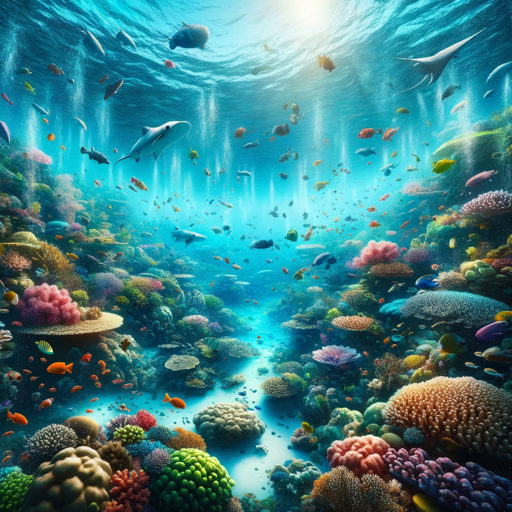
Green Fins Navigator
Navigating towards sustainable marine tourism
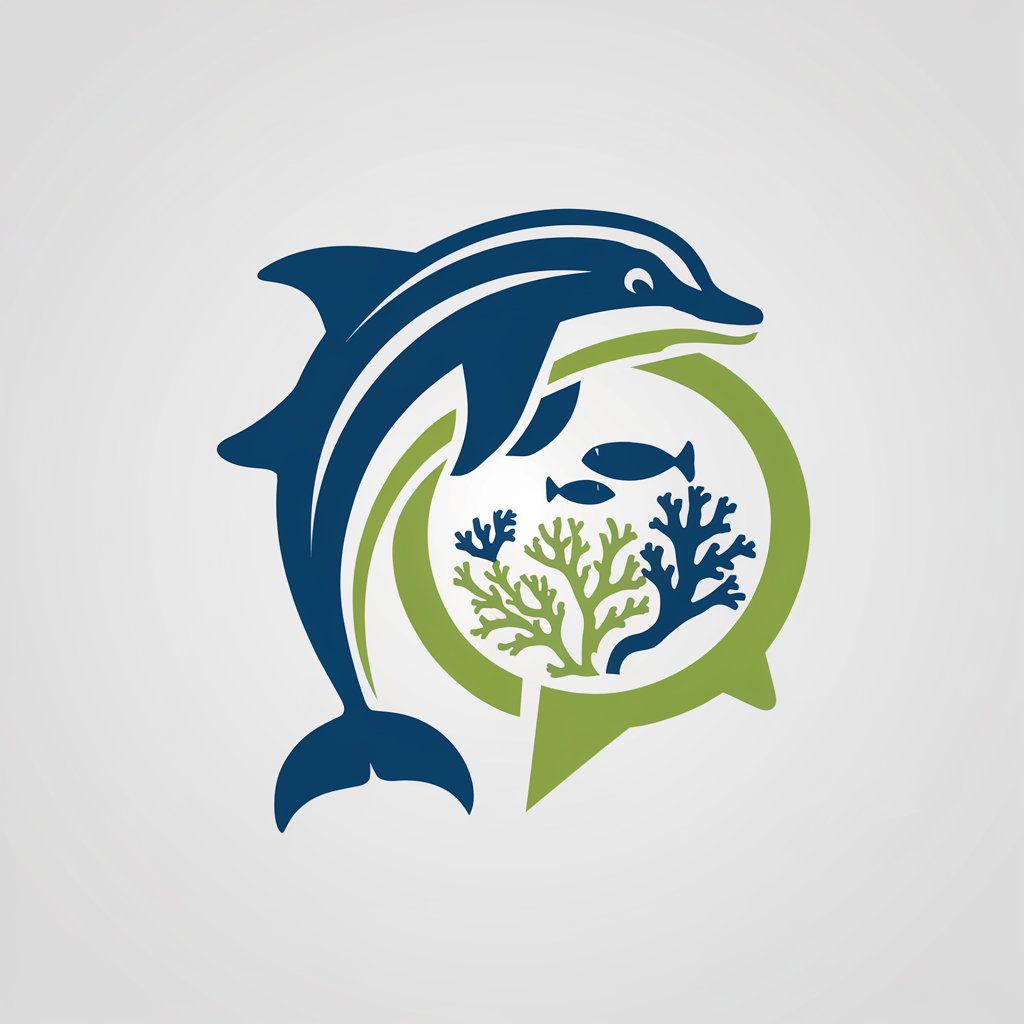
Ocean Sentinel
Empowering maritime conservation with AI.

Sea
Dive into oceanic wisdom with AI
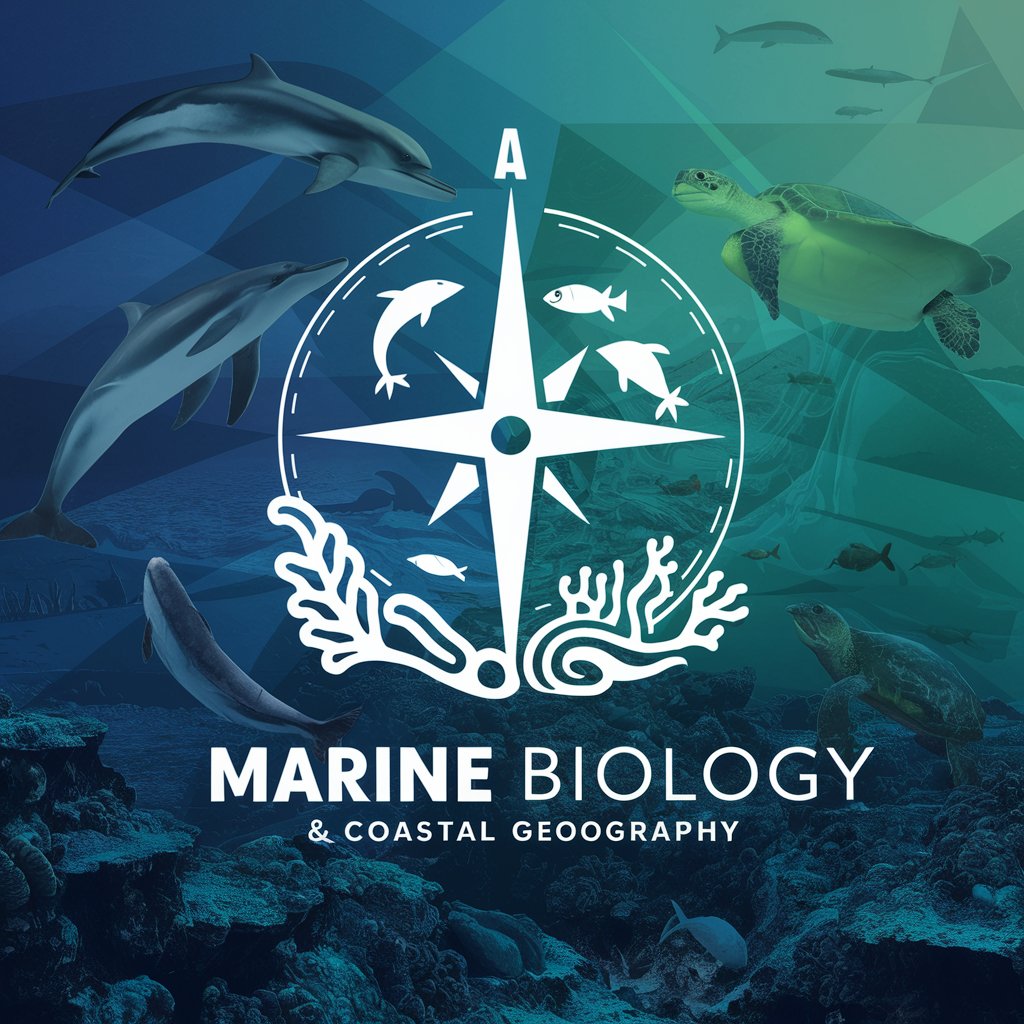
🤿 Deep Dive Buddy Expert 🐠
Dive smarter with AI-powered guidance.

Dive Explorer Philippines
Explore Underwater with AI

🐠 Deep-Sea Dive Buddy 🐬
Dive smarter with AI-powered guidance.

Submarine
Dive deep with AI-powered submarine knowledge.
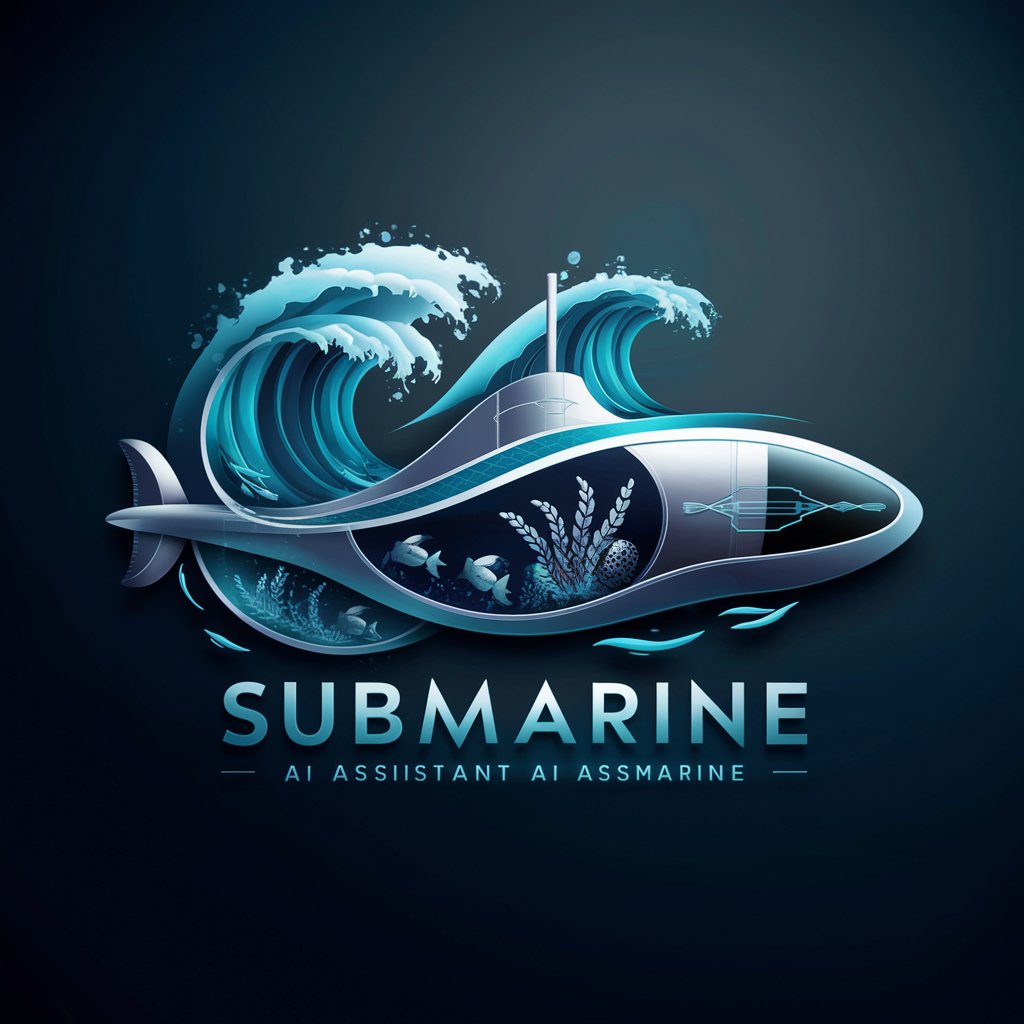
Dive
Dive Deeper with AI-Powered Diving Insights
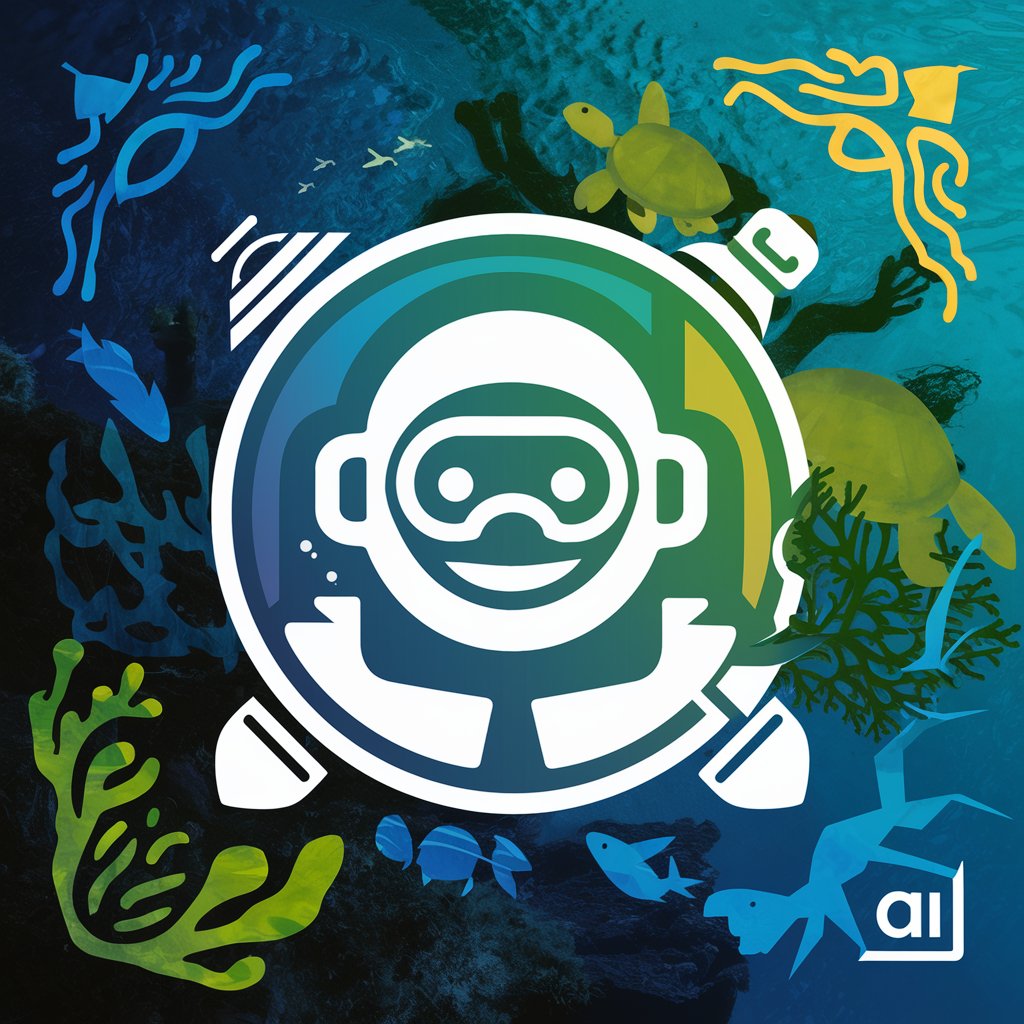
Atlantic
Explore the Depths with AI
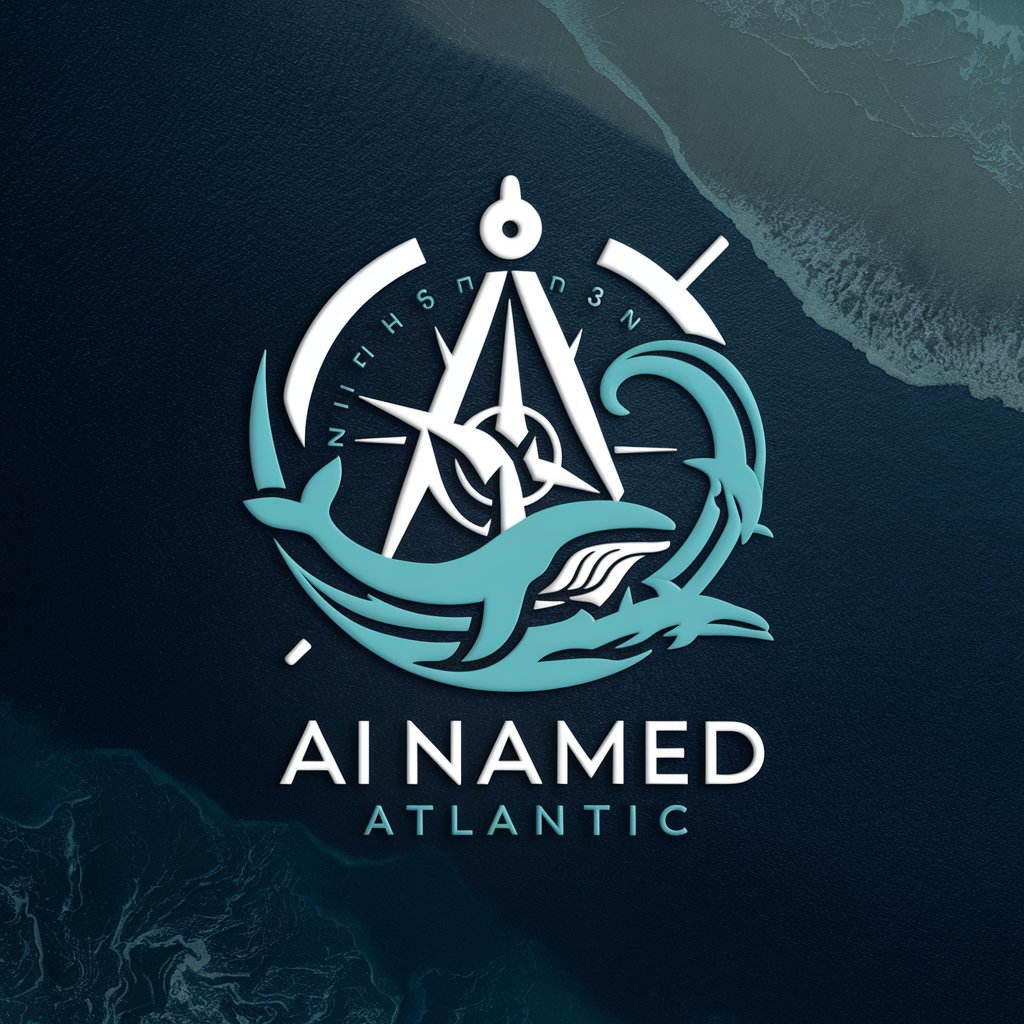
Virtual Scuba Instructor
Dive smarter with AI-powered guidance.

ダイビング ストーリー イラストレーター
Turn dive stories into vivid illustrations.

Depleting the Ocean : Serious TRPG
Navigate, strategize, conserve: A marine adventure.
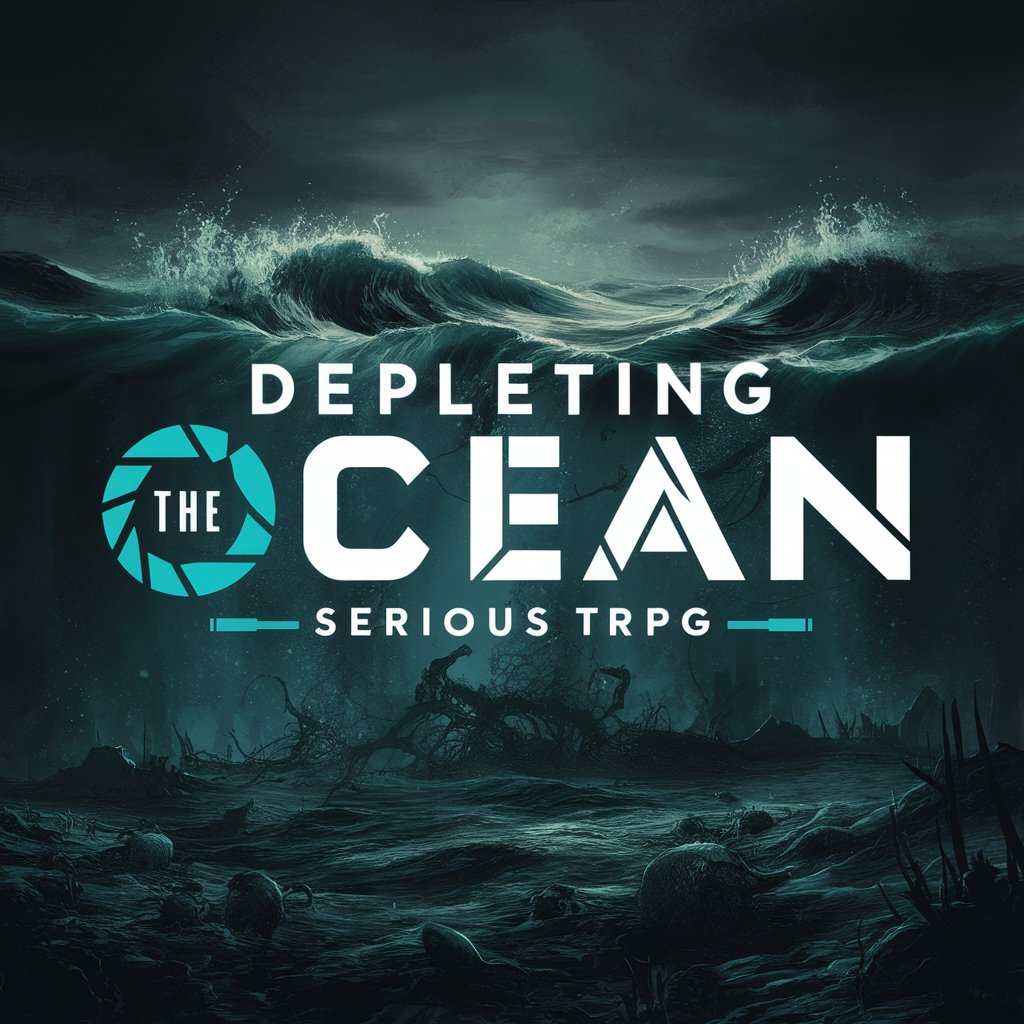
Key Characteristics and Functions
AI GPTs for Marine Conservation exhibit a range of specialized capabilities, including natural language processing for analyzing scientific literature, image recognition for monitoring marine species, and predictive modeling to assess the impact of environmental changes. Their adaptability allows customization from basic information queries to complex analytical tasks. Special features include real-time data analysis, multilingual support, and integration with existing data platforms, making them powerful tools for global marine conservation efforts.
Who Benefits from Marine Conservation AI
These AI tools cater to a wide audience, including marine biologists, environmental policymakers, conservation activists, and educators. They offer user-friendly interfaces for novices without coding expertise, while providing extensive customization options for developers and professionals in the field. This makes the tools both accessible and valuable for a diverse range of users committed to marine conservation.
Try Our other AI GPTs tools for Free
Site Features
Explore AI GPT tools for enhancing your website features with dynamic content, personalized user experiences, and efficient data management.
GTO Application
Discover how AI GPTs for GTO Application revolutionize tool optimization, offering adaptable, user-friendly solutions that enhance efficiency and foster innovation in the field.
Obituary Writing
Discover how AI GPTs for Obituary Writing can simplify creating heartfelt tributes with personalized, respectful content, suited for individuals and professionals alike.
Prayer Selection
Discover the transformative potential of AI GPTs for Prayer Selection, offering personalized, context-aware spiritual guidance for individuals and organizations alike.
Service Planning
Discover how AI GPTs for Service Planning can transform your service delivery with predictive analytics, automation, and personalized insights to optimize efficiency and enhance customer satisfaction.
Survival Training
Discover how AI GPTs are transforming Survival Training with tailored solutions for emergency preparedness, skill development, and technical support.
Expanding the Horizons with AI in Marine Conservation
AI GPTs offer transformative potential in marine conservation, providing a bridge between complex data and actionable insights. Their user-friendly interfaces and integration capabilities make them ideal for enhancing existing workflows, enabling a more informed and responsive approach to marine ecosystem preservation. By harnessing AI, stakeholders can navigate the complexities of marine conservation with greater precision and efficiency.
Frequently Asked Questions
What are AI GPTs for Marine Conservation?
AI GPTs for Marine Conservation are specialized AI models designed to support marine ecosystem preservation through data analysis, predictive modeling, and other AI capabilities.
How can these tools aid in marine conservation?
They aid by providing insights from data analysis, predicting environmental impacts, analyzing policy effectiveness, and enhancing educational outreach on marine conservation.
Who can use these AI tools?
They are designed for a broad audience including researchers, policymakers, educators, and conservation activists, with functionalities accessible to both novices and experts.
Do I need coding skills to use these tools?
No, these tools are designed with user-friendly interfaces that do not require coding skills for basic functions, though coding can enhance customization.
Can these AI tools analyze images and texts?
Yes, they have capabilities for natural language processing and image recognition, allowing them to analyze scientific texts and monitor marine species through images.
How do AI GPTs adapt to different marine conservation tasks?
These tools are highly customizable, capable of adjusting from simple query responses to complex data analysis and predictive modeling based on user needs.
Can these tools be integrated with existing data platforms?
Yes, they are designed for easy integration with existing data platforms and tools, facilitating seamless data exchange and analysis.
What makes AI GPTs unique in marine conservation?
Their ability to process vast amounts of data rapidly, predict environmental impacts, and support policy and educational efforts with tailored information makes them unique.